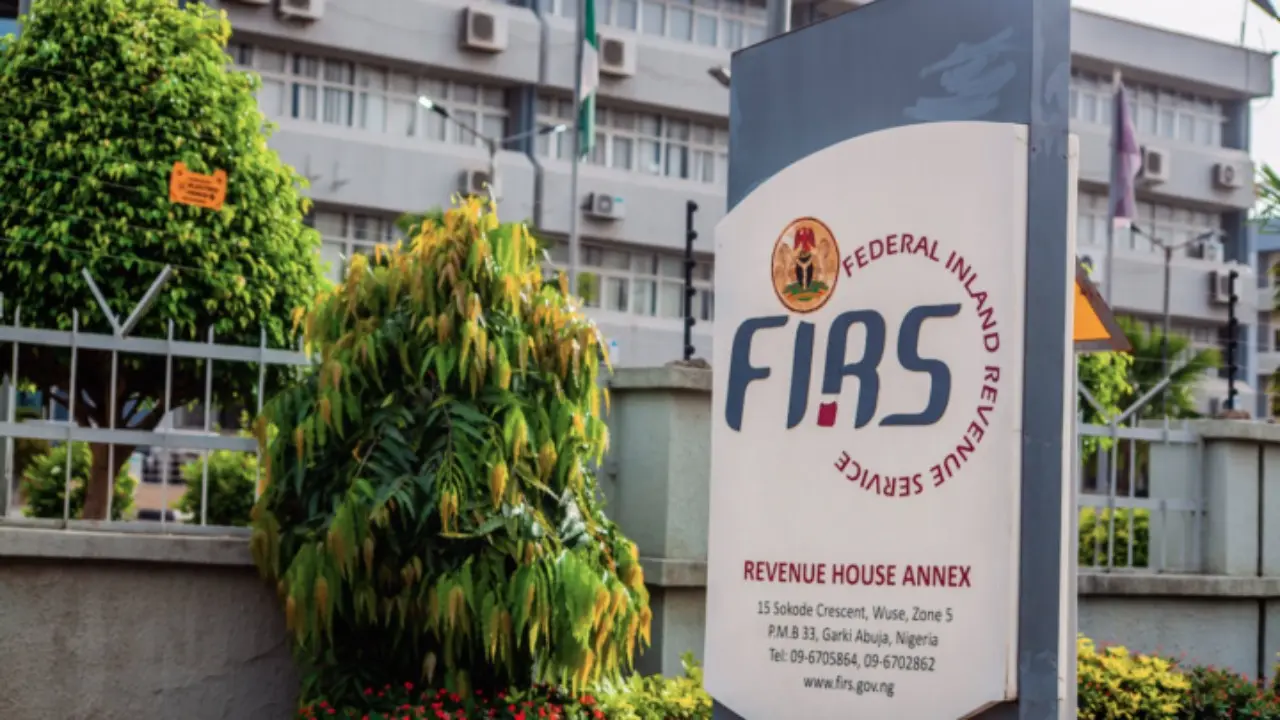Discover the latest economic trends with a 2.30% YoY growth in the U.S., changes in European Central Bank interest rates, and Nigeria’s rising public debt. Understand the dynamics of global and domestic markets, investment trends, and fiscal policies influencing growth and stability.
The U.S. economy grew by 2.30% YoY in Q4 2024 – the 11th consecutive quarterly expansion. This growth was driven by household consumption, net exports, and government spending, while business investment declined due to inventory drawdowns and cautious capital spending.
The Trump administration is likely to reintroduce the Trump tax cuts of his first term in office, energy sector deregulation, and pro-business policies to boost growth.
The Federal Reserve held the fed funds rate at 4.25%-4.50% in January 2025, pausing its easing cycle after three 2024 cuts totalling 100bps.
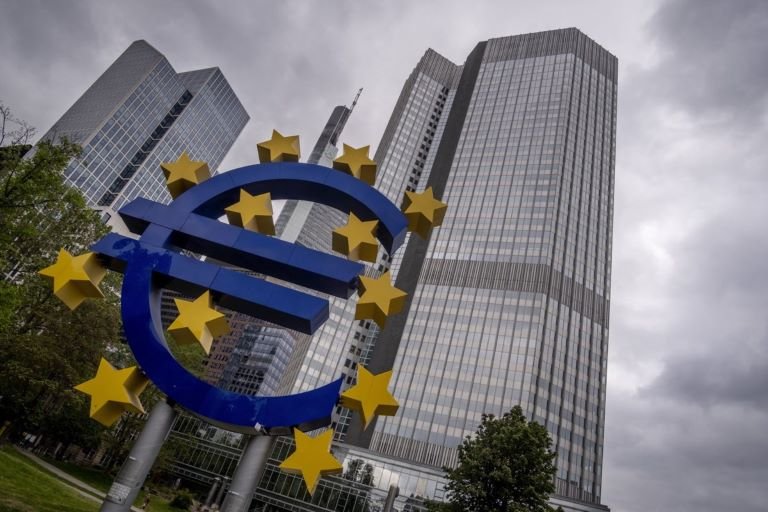
In Europe, the European Central Bank (ECB) cut key interest rates by 25bps in January 2025, lowering the deposit facility rate to 2.75%, the main refinancing rate to 2.90%, and the marginal lending rate to 3.15%.
Nigeria’s Economy
The Federal Government of Nigeria cleared a $7.00 billion foreign exchange backlog to alleviate repatriation challenges for businesses, multinationals, and foreign investors.
The Nigerian government secured a $70 million commitment from the International Finance Corporation (IFC) to support mini-grid energy projects, including the launch of five mini-LNG plants in Ajaokuta, Kogi State.
Nigeria’s public debt has increased significantly, as reported by the Debt Management Office (DMO). By Q3 2024, the total public debt rose 6% from the previous quarter to ₦142.3 trillion, an increase of ₦8 trillion in just three months. This rise is mainly due to a growing fiscal deficit linked to budget shortfalls and the naira’s depreciation, which affected the exchange rate for external debt.
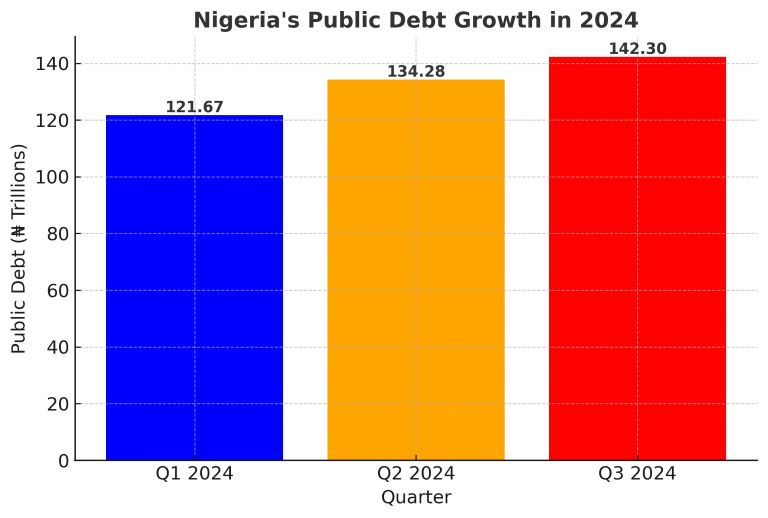
Domestic debt has also increased, now at ₦73.4 trillion, making up 51.6% of the total debt. In contrast, external debt surged by 80.2% to ₦68.9 trillion. In dollar terms, public debt has slightly decreased to $88.9 billion.
The government spent ₦3.6 trillion on debt servicing in Q3 2024, a small increase from the previous quarter, with external debt servicing rising significantly. However, domestic debt servicing fell by 23.1%. Overall, the Federal Government has overspent its budget for debt servicing by 154.7%, indicating serious fiscal challenges.
The Nigerian Midstream and Downstream Petroleum Regulatory Authority (NMDPRA) awarded 10 Gas Distribution Licences (GDLs) to six companies to expand gas utilization in the country.
The federal government unveiled plans to implement the National Single Window (NSW) system to streamline port operations, reduce costs, and improve trade efficiency at Nigerian ports.
Money Market
The DMO offered ₦450 billion across three maturities in auction of Friday January 31, compared to the previous auction where ₦120 billion was offered at marginal rates of 21.1% and 22.0%. Total subscription and allotment stood at ₦669.9 billion and ₦606.5 billion, significantly higher than the previous auction.
The fixed-income market performed bullishly, with average yields on bonds and treasury bills contracting by 3bps and 140bps to 20.69% and 23.43%, respectively.
The Nigerian Eurobond market also recorded a bullish performance, with the average yield declining by 10bps to 9.32%.
Equities Update
The All-Share Index (ASI) rose by 0.87% to 104,496.12 points after a 1.53% gain in January, showing strong investor confidence. Corporate earnings reports were encouraging, which helped drive market values up by 1.67% to ₦64.71 trillion.
Weekly Gainers and Losers as of Friday, January 31, 2025
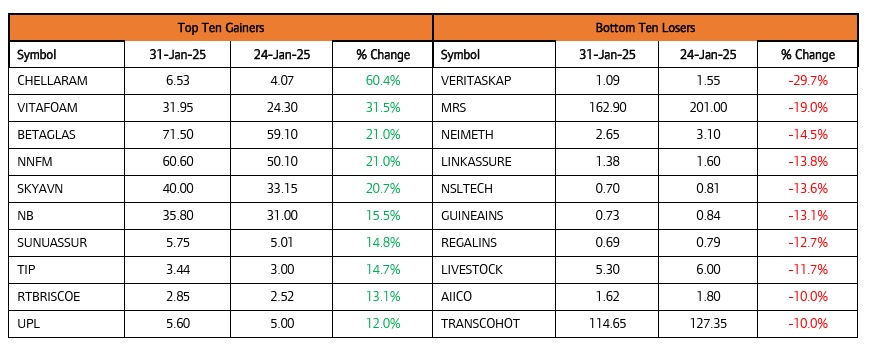
New shares from LASACO Assurance and FCMB Group added to this positive trend. Some stocks did very well; CHELLERAMS jumped 60.4%, followed by VITAFOAM’s 31.5% rise. However, other stocks struggled, with VERITASKAP dropping 29.7% and MRS down 19%.
Overall, trading was mixed, with share volume increasing by 3.60% but total value falling by 9.61%. Most sectors performed well, especially the NGX Consumer Goods Index, which grew by 4.01%. The banking sector was also strong, while the insurance and industrial indices declined.
Conclusion
Nigeria’s debt sustainability is a major concern, as the debt-to-GDP ratio is forecasted to reach 53%, exceeding the 40% threshold. The government’s revenue target for 2025, set at ₦36.35 trillion, is at risk due to low oil earnings and weak non-oil revenue, potentially leading to a fiscal deficit above ₦13.39 trillion.
Although crude oil production has improved to 1.43mbpd, it remains insufficient for fiscal stability. With a debt-service-to-revenue ratio of 58%, the focus on debt repayment limits capital investments. Increasing reliance on borrowing raises risks to economic stability, making the need for structural reforms and revenue diversification very imperative.
The market is expected to maintain bullish momentum as more companies release their earnings and investors anticipate dividend announcements. The NGX is in a “wait-and-see” phase, with cautious optimism. Technical indicators offer mixed signals, offering opportunities for traders to buy low and sell high.
As earnings season progresses, investors should focus on strong stocks to capitalize on the market’s upward trajectory.
Like 👍, Comment, share this article, and Follow us on our social media handles.

